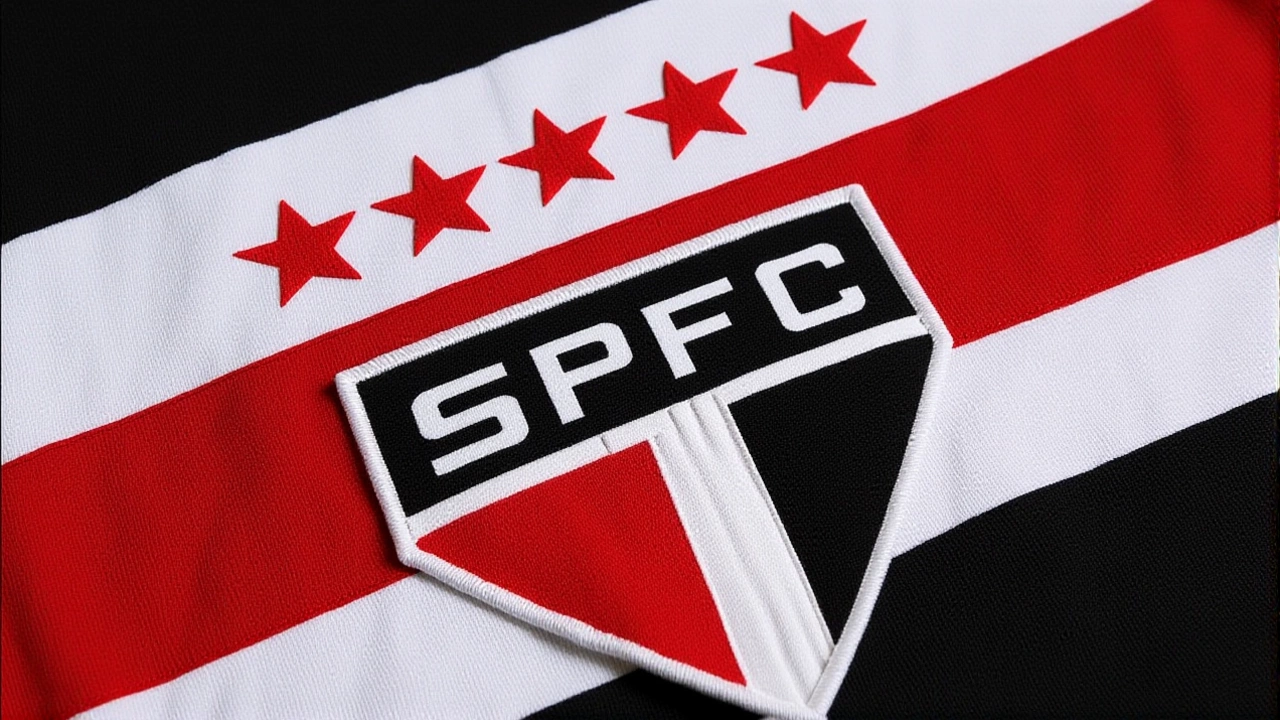São Paulo FC posted a record R$ 287.6 M loss for 2024 despite record revenue, prompting a R$ 240 M credit‑rights fund plan and raising concerns for Brazilian football’s finances.
What Is a Credit Rights Fund?
If you’ve ever wondered how you can shield your money when a borrower defaults, a credit rights fund might be the answer. In plain terms, it’s a pool of cash that investors contribute to, and the fund steps in to cover losses if a loan goes bad. Think of it like a safety net for lenders – when a borrower can’t pay, the fund kicks in and reduces the hit to the investor’s pocket.
How Does It Work?
When a credit rights fund is set up, the manager buys a bundle of loan contracts from banks or other lenders. Those loans generate interest payments, which flow into the fund. The manager also sets aside a portion of that cash as a reserve. If a borrower misses a payment or defaults, the reserve is used to cover the shortfall. The rest of the investors keep receiving their share of the interest, minus any losses the fund had to absorb.
The key is diversification. By holding many loans across different industries and regions, the fund spreads risk. A single loan failure is less likely to wreck the whole pool. That’s why credit rights funds often appeal to investors who want exposure to credit markets but don’t want the nightmare of chasing every default.
Why Should You Care?
First, a credit rights fund can give you a steadier return than buying a single loan. You’re not gambling on one company’s success – you’re betting on a basket. Second, the fund’s reserve offers extra protection that you wouldn’t get on your own. If you’re comfortable with a little risk but want a cushion, this structure fits well.
Third, these funds are usually managed by professionals who know how to assess borrower quality and when to tighten credit standards. You get their expertise without having to review every loan yourself. Finally, the fund can be a useful tool for larger investors who need to meet regulatory requirements for risk management. By putting money into a credit rights fund, they can show they’re diversifying their credit exposure.
So, does a credit rights fund make sense for you? If you have some cash you’d like to earn interest, but you don’t want the stress of a single loan default, it’s worth a look. Check the fund’s track record, the manager’s experience, and how big the reserve is. A healthy reserve means the fund can handle more defaults without hurting you.
Bottom line: a credit rights fund is a collective safety net for credit investors. It spreads risk, adds a reserve layer, and hands you professional management. That’s a solid way to keep your money working while keeping the downside in check.


